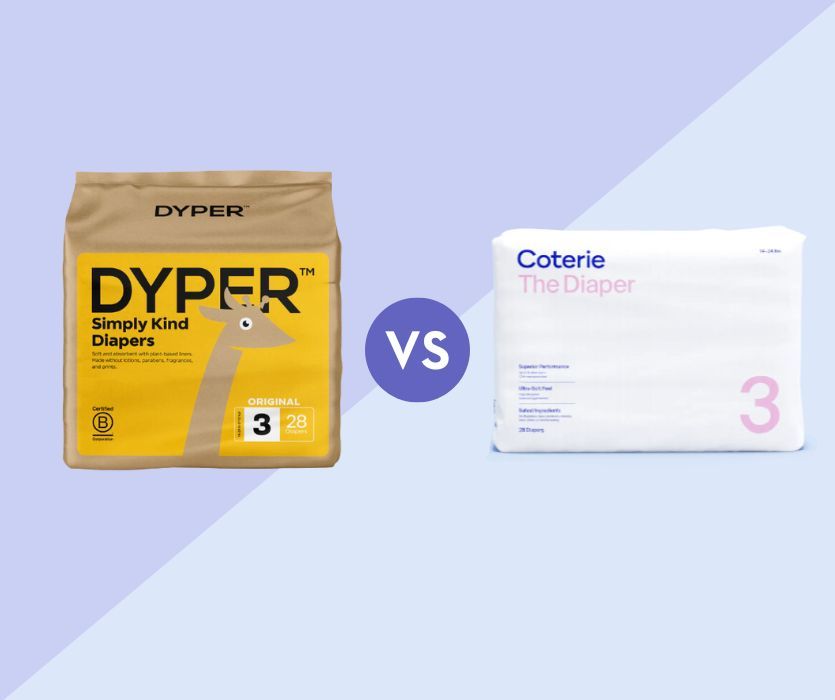Social distancing? Check. Rubbing sanitizer on your hands till they feel like they’re going to dry up and fall off? Check. Glovebox full of masks? Check. While it looks like you’ve got your bases mostly covered in the fight against COVID-19, unfortunately, wintertime also means the return of everyone’s other favorite virus – influenza. Since we’ve already talked about how to tell the difference between COVID-19 and the flu and how to prevent the flu here, we’ve got some follow-up tips on what to do in case the sneaky bugger bypasses your defense.
Who Cares? It’s Just The Flu!
This seems to be a fairly common sentiment, but anyone who has had a bad case of influenza will tell you, it freaking sucks. And it can be deadly, particularly in kids under 5.
In case preliminary symptoms such as fever, body aches, deep cough, and dehydration don’t sound unpleasant enough, left untreated, the flu can develop into further complications, such as pneumonia and ear infections.
Why Are The First 48 Hours So Critical?
No, this isn’t a true crime documentary, but the first 48 hours are important when it comes to the flu, too. Did you know that antiviral medications can be administered which can decrease the duration of flu symptoms, reduce the risk of complications such as bronchitis, ear infections and pneumonia, and most importantly, reduce an individual’s likelihood of hospitalization or mortality?
Who Should Get An Antiviral Treatment?
If someone in your family is exhibiting early flu symptoms and has severe, complicated or progressive illness, they’ve been hospitalized, or they’re at a higher risk for complications (such as children under 5), antiviral treatment is recommended as soon as possible. It may also be necessary for any members of your household who have been exposed to the flu who are at higher risk of complications to consider receiving an antiviral treatment. Talk to your healthcare provider for more information on this (do yourself a favor, and skip a visit to Dr. Google on this one).
What antivirals are available?
There are four FDA-approved antiviral drugs recommended by CDC to treat flu this season.
- Oseltamivir phosphate – (available as a generic version or under the trade name Tamiflu)
- Baloxavir marboxil – (trade name Xofluza) it is only one pill for one day vs. Oseltamivir phosphate which is a 5 day treatment. Reported side effects are nausea so it’s a good idea to ask your doctor for anti-nausea medication if this is prescribed.
- Peramivir – (trade name Rapivab)
- Zanamivir – (trade name Relenza)
Remember, these are antivirals – antibiotics do not fight any virus including the flu or COVID.
What Are Some Flu Symptoms To Look Out For In Kids?
Watch out for the symptoms listed above, and seek medical help right away if your child is exhibiting any of the following:
- Fast breathing or trouble breathing
- Bluish lips or face
- Ribs pulling in with each breath
- Chest pain
- Severe muscle pain (child refuses to walk)
- Dehydration (no urine for 8 hours, dry mouth, no tears when crying)
- Not alert or interacting when awake
- Seizures
- Fever above 104 °F
- In children less than 12 weeks, any fever
- Fever or cough that improves but then returns or worsen
- Worsening of chronic medical conditions
Our next reco: Before You Forgo The Flu Vaccine This Year, Read This




Leave a Comment